Increases in cargo volumes and new and returning business from national retailers helped the Helen Delich Bentley Port of Baltimore surge to significantly higher month-over-month numbers in July, signaling a continued rebound from the impact of the COVID-19 emergency. New figures for July show the Port’s state-owned, public marine terminals saw double-digit increases compared to the previous month for autos/light trucks, roll on/roll off farm and construction equipment, containers and general cargo.
“The positive trends we’re seeing at the Port of Baltimore give us confidence that Maryland’s economy is recovering in a big way,” said Governor Larry Hogan. “We’re seeing new records for container moves and noteworthy cargo increases – all strong signs of consumer confidence.”
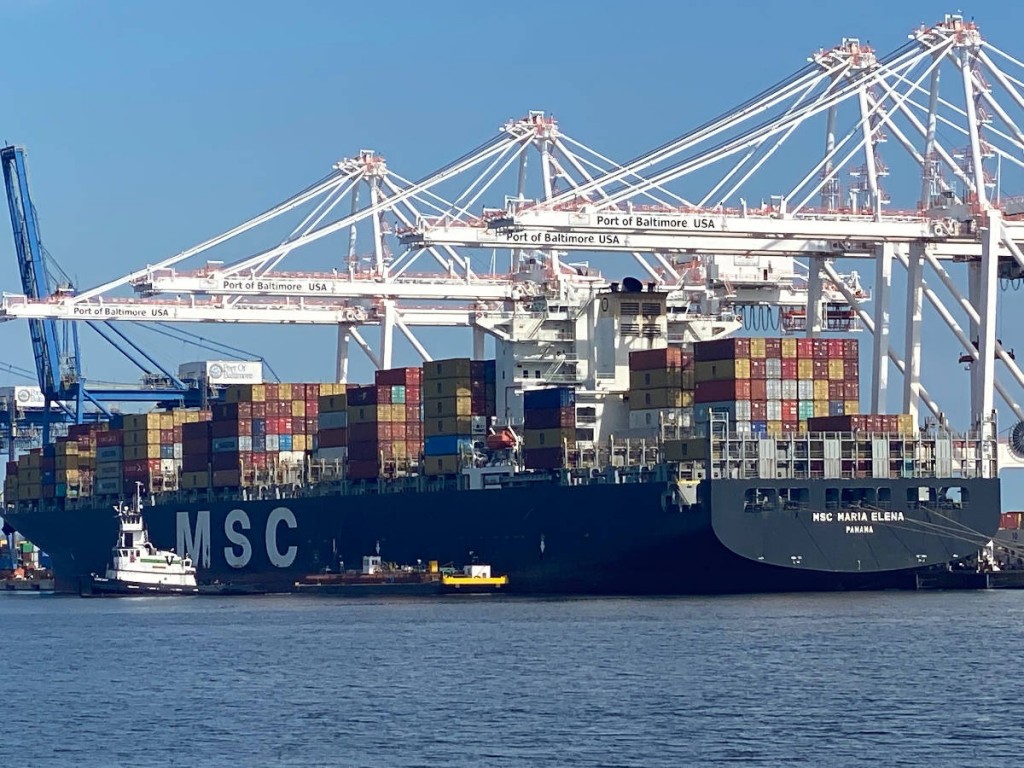
While down compared to last year, cargo counts have grown steadily in recent months. In July, key categories at the Port’s public marine terminals saw increases compared to June:
- Autos/Light Trucks (units) +55.4%
- General Cargo (tons) +15.0%
- Roll on/Roll Off (tons) +13.5%
- Containers (boxes) +11.7%
“The Port has been a critical link in the supply chain throughout the COVID-19 emergency, and we know it will play a huge role in Maryland’s recovery,” said Transportation Secretary Greg Slater. “The ability to handle this surge is a testament to our dedicated team at the Port and the strength of our infrastructure.”
The Port has seen increases in recent months from many existing clients, and is also handling cargo for businesses that are new to the Port:
- ALDI – is increasing business at the Port, with projections for about 5,000 containers annually.
- Rite Aid – is new business for the Port of Baltimore. Projections are for about 700 containers between July and the end of the year.
- Big Lots —will soon begin shipping cargo through the Port of Baltimore for the first time. Initial containers expected to arrive in September.
- Tractor Supply Company – has increased its imports through the Port of Baltimore.
- Restoration Hardware – will add 20 containers per week through the end of 2020 in addition to extra volume they have been bringing through the Port since the beginning of the year.
- Levin Furniture – is a return business for the Port, with containers beginning next week.
- MTC Logistics – refrigerated and frozen food volumes are up year over year, with storage imports on pace for a near 12% increase and exports on pace for an 8% rise over 2019.
In another positive indicator, imported autos/light trucks unloaded from ships at the Port are heading straight to dealerships, instead of waiting days at the Port for pickup. Recently, Volkswagen began importing autos at Tradepoint Atlantic’s Sparrows Point facility. Ports America Chesapeake, which operates the Port’s Seagirt Marine Terminal, serves as stevedore for Volkswagen vehicle operations.
“We are seeing cargo volumes improving month over month in most sectors, including huge upticks in automobiles,” said Maryland Department of Transportation Maryland Port Administration (MDOT MPA) Executive Director William P. Doyle. “We have also attracted new business, which has increased the volume of dry and refrigerated containers being carried on Neo-Panamax vessels calling on the Port of Baltimore. These are all great economic indicators, though we must recognize this still remains an unpredictable maritime trade environment.”
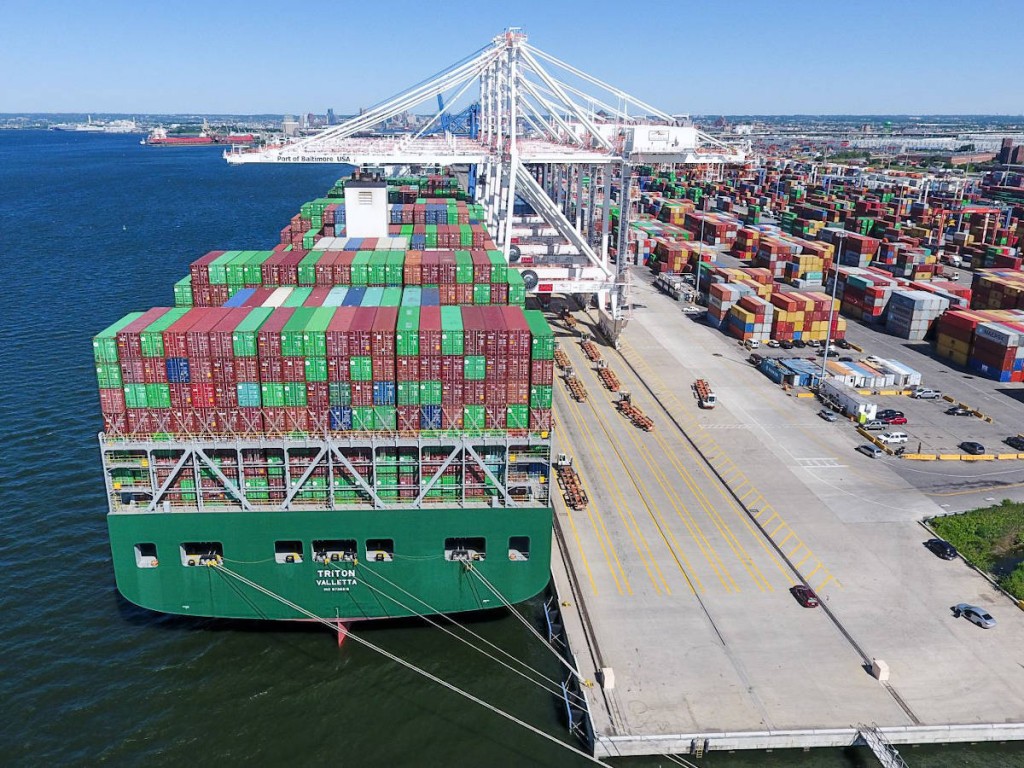
The positive July results follow a new record set Tuesday at the Port when 5,536 container moves were conducted by longshore workers handling the Maersk Line’s Maersk Edinburgh vessel, which has a capacity of 13,092 Twenty-foot Equivalent Unit (TEU) containers. It was the largest number of moves for a single ship in the Port’s 314-year history. This successful container movement is clearly gaining attention attracting two new businesses, Rite Aid and Big Lots, and one returning business, Levin Furniture, that chose the Port of Baltimore to deliver their products efficiently to their customers.
The Port of Baltimore continues to receive supersize ships that can only visit ports with the infrastructure necessary to accommodate them. In addition to the Maersk Edinburgh, the Port has recently welcomed Evergreen’s Triton (14,424 TEU capacity) and Mediterranean Shipping Co.’s Maria Elena (9,200 TEU capacity). Containers on these types of vessels can carry furniture, electronics, sporting goods, food and many other common items.
The Port’s existing 50-foot berth and supersized cranes are results of the public-private partnership (P3) between MDOT MPA and Ports America Chesapeake. The 50-year agreement, signed in 2009 in the wake of a national recession, generated thousands of jobs and included $100 million for Maryland roads, bridges and tunnels. The agreement continues to result in increased tax revenue for the state and funds for the Transportation Trust Fund.
As part of the P3, work is progressing on a second 50-foot berth that will allow two massive ships to visit the Port at the same time. That berth, and four new supersized cranes, are expected to be operational by summer 2021. The project is a $116.4 million investment, with $103 million from Ports America, $7.8 million from the state and $6.6 million in federal funding. The growing container business also accentuates the need for the Howard Street Tunnel expansion project in Baltimore, which will accommodate the use of double-stacked rail cars to move cargo from the Port. That project is benefitting from public-private investment from the state, CSX and others.
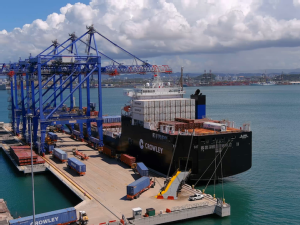
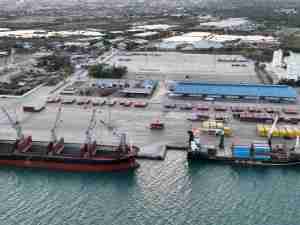

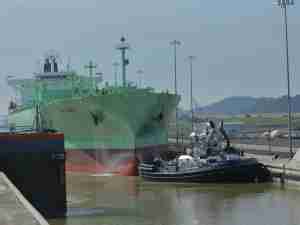
_-_28de80_-_b390e15f4e7cecc480b0e2a5af38c5cd07047726_yes.jpg)
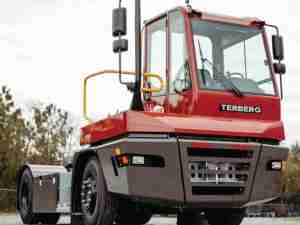


_-_28de80_-_58820516bd428ab3fd376933932d068c43db9a4a_lqip.jpg)


